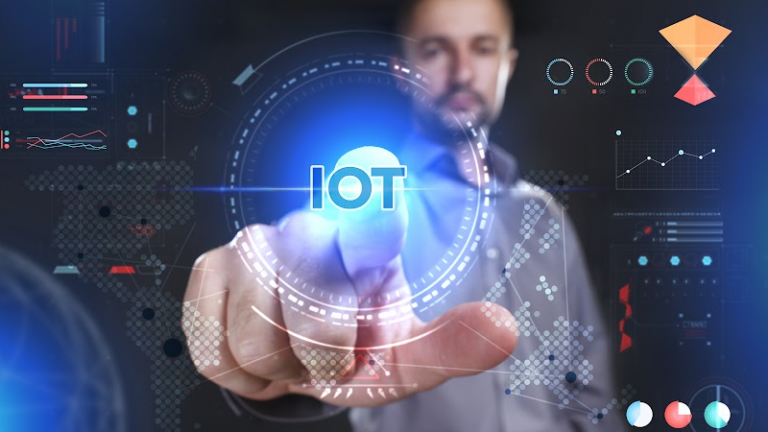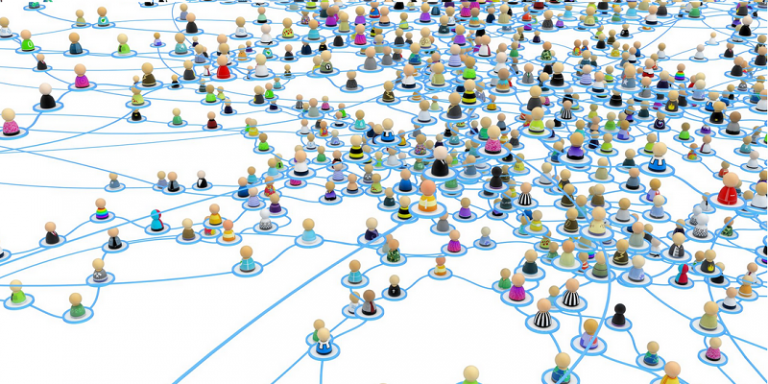IoT Benefits
IoT is all about connecting everyday things to the internet like home appliances like door locks, ovens even coffee makers. Let’s talk about IoT benefits.
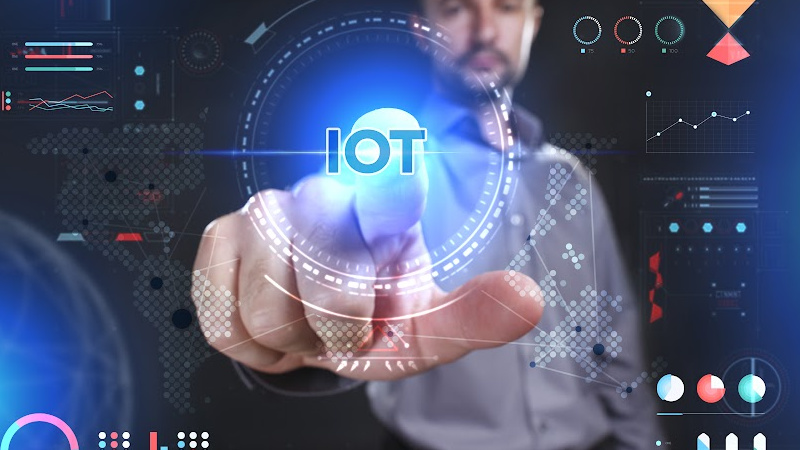
How IoT works?
Wired or wirelessly devices connected to a network allowing for data transfer. That data can be turned into useful information through data analytics. The key ingredient is connectivity whether it’s Wi-Fi, Bluetooth, or cellular.
IoT is a connection of a variety of items that may include buildings, automotive, etc. They linked together with network connectivity, actuators, sensors, software, or electronics. That enables these things to connect and exchange data. IoT is an extremely fast-growing technology that has taken the world by storm.
Internet of things advantages
Since the emergence of IoT from basic forms, there have been significant debates over its IoT benefits. IoT benefits range from convenience to necessity etc. Internet of things advantages include:
Efficiency (work)
IoT devices like smart appliances would save us lots of time because they could communicate with other things to do their tasks for them. For example, an oven will start preheating when you connect your phone to it because your oven knows when you usually start cooking.
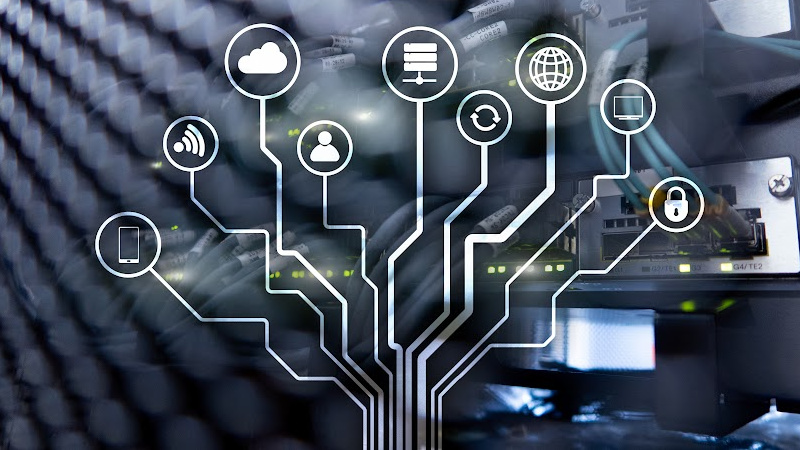
Efficiency (energy)
Internet of Things devices like smart appliances would save us energy costs by controlling the heat/cooling that we use in our houses.
Task completion (home automation)
Smart homes can control what light bulbs, televisions, and other appliances you use. For example, if you start cooking dinner, the oven and microwave will turn on without any effort on your part.
Unique experiences (IoT devices)
Just by connecting to a smart washing machine with your phone, it could know when you need to come home from work or school, and start washing early so it’s finished by the time you get home. This would be a great IoT benefits to those with unpredictable schedules, like students and shift workers.
IoT blockchain security
With more devices connected, there could potentially be a larger attack surface for hackers. However IoT devices are usually very simple and cheap, hence they don’t have large attack surfaces. They’re very basic, and it is easier to provide iot blockchain security updates.
Privacy
IoT devices usually only collect data that is necessary for them to operate. For example, smart home appliances would probably collect room temperature and humidity levels, but not the number of times people opened refrigerator doors. They don’t track our personal information as our credit cards or computers do.
IoT challenges
Home automation [artificial intelligence] has been around for a while, but it’s only recently that we saw the rise of IoT [internet of things]. Even smart homes could not offer complete home automation without IoT because there was no way to regulate temperature and other vital functions in every room. However, with IoT, your fridge connected to the internet, and you could order food through it. This is not only convenient but also very important in terms of our long-term survival.
Picture this, You get home late from work; the lights automatically go on because they’re connected to IoT sensors that detect motion. You don’t need to watch your step because the stairs are lighted by IOT lights. You get to your bedroom, and you adjust the temperature according to your preferences before sleeping. This was never possible without IoT sensors in every room of the house.
IoT has brought so many changes in our lives, but it still poses some challenges for industry and businesses. For example, we can’t use IOT in our cars because we don’t have a standard on how fast the steering wheel should turn and at what rate. For IoT to be more useful for us as consumers, the industry needs to set some standards first.
The industry is also worried about the security of IoT devices, which are more susceptible to cyber-attacks than laptops and smartphones. This is not helped by the fact that home-based IOT products usually involve fewer protections against hacking.

IoT promises so much for people in their homes, but it still needs work before we can fully benefit from its convenience and security.
IoT challenges summarized as the following:
-
Flexibility/interoperability
-
Security and Privacy
-
Data volume, velocity, variety
-
Context-awareness
-
Scalability of architecture and communications technology
More about challenges in IoT.
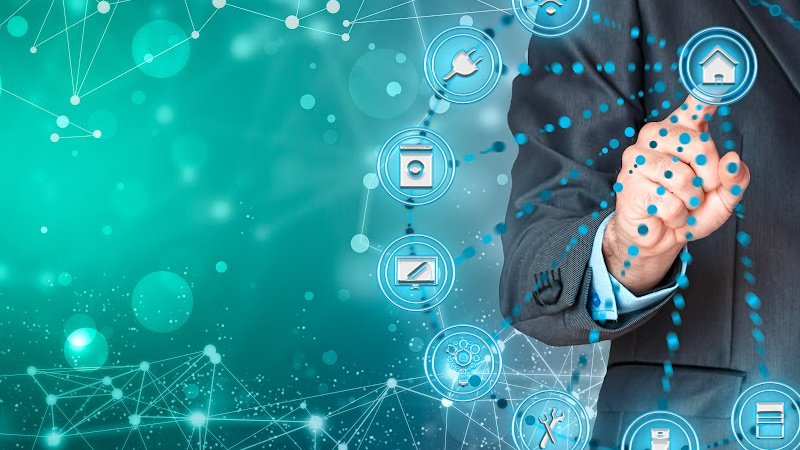
IoT Adoption
IoT adoption is becoming more prevalent in the consumer space. However, adoption rates are slowing down because of high device prices and low value to the user.
New advances in IoT devices will help drive up adoption rates. These include cheaper components, better connectivity standards, higher performance processors, and increased interoperability between devices.
Companies that can take advantage of these technological advances will be able to launch IoT devices at a lower cost, which can help drive adoption rates.
IoT adoption is important because the device market expected to grow continuously. As more and more people use devices, the devices themselves are becoming the new consumer products.
The IoT industry needs to address some significant issues, from security and connectivity to interoperability and standards if it is going to live up to its potential.
Here is a summary of the obstacles IoT is facing;
-
Privacy concerns
-
Security concerns
-
Lack of useful data generated by IoT devices and sensors for analytics and decision making
-
Varying technology standards and protocols between devices and industries
-
Difficulty in setting up IoT networks for certain devices
-
Inability to monetize data generated by IoT devices and sensors
The main aim of IoT is to improve efficiency, safety, and convenience. IoT has various applications in various sectors such as the healthcare industry. Smart sensors developed for devices like patches that can monitor the vitals of patients continuously. The agriculture sector too can benefit from IoT by using sensors for soil moisture levels, pest infestation, etc., which will help in proper crop management.
In the smart cities initiative, IoT is being used in sectors such as transportation and infrastructure which helps in making a more efficient infrastructure with less pollution.

Conclusion
IoT has huge potential and adopted at a rapid pace. However, there are some challenges that IoT needs to overcome before it can meet this potential. These concerns include security of the devices, data generation for analytics and decision making, interoperability between devices from different companies, developing technology standards and protocols for IoT networks, etc., gaining value from the data generated by IoT devices, and setting up networks for certain IoT devices.
However, there are huge benefits to be reaped from this technology once these issues are dealt with. Examples include creating smart cities that are more efficient, using sensors in healthcare products like patches that can monitor health continuously, helping farmers collect real-time data on soil moisture levels, pest infestation, etc. That will help in better crop management.
We hope that IoT can address all its challenges and reach its potential of unifying different devices to work towards the benefit of mankind.
